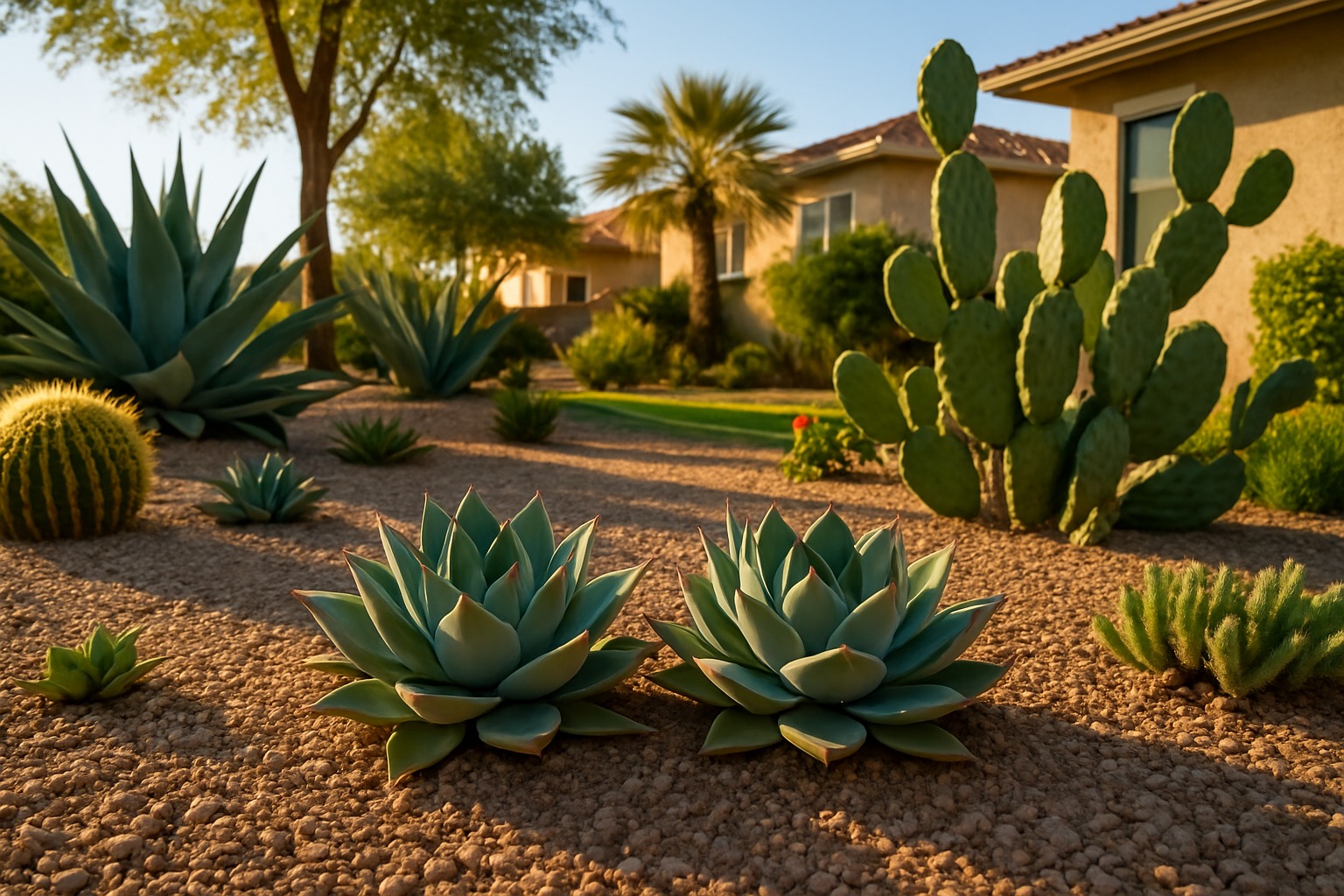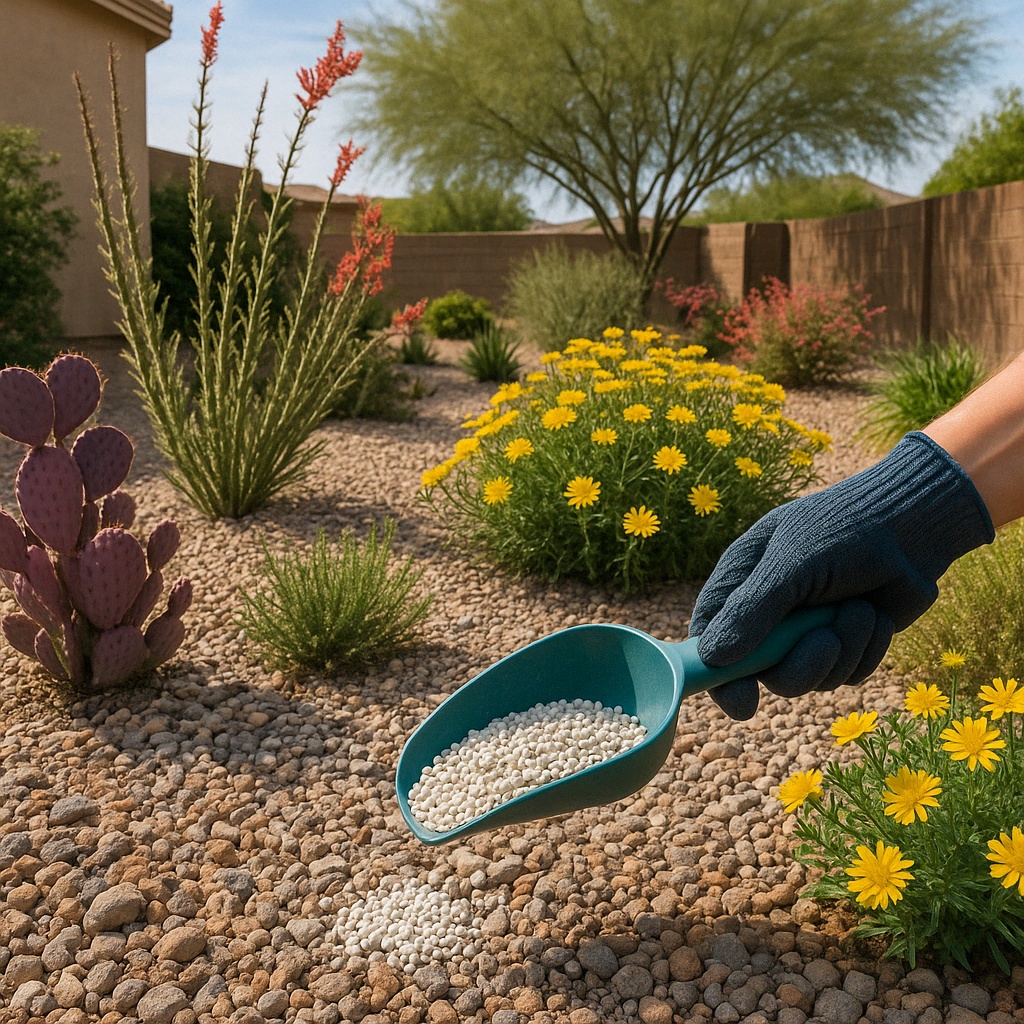
Why Composting Is Different in Gilbert’s Summer Heat
In Gilbert, composting isn’t just about recycling food scraps — it’s about battling heat, dryness, and evaporation. The summer sun, often exceeding 110°F, can dry out compost piles within hours, halting the decomposition process and killing essential microbes. To succeed here, residents need to think like desert gardeners: conserve moisture, shade intelligently, and choose the right ingredients.
Where humid climates rely on frequent rains to keep compost active, our arid environment demands a proactive, controlled approach. That means adapting both what you put in your pile and how you care for it during the blazing summer months.
Best Time to Compost in Gilbert
While composting can be a year-round practice in Arizona, the ideal window for starting a new pile is early spring or late fall, when temperatures are milder and microbial activity is naturally higher. That said, maintaining a summer compost pile is completely doable — with the right tweaks.
- Frequent moisture checks (2–3 times a week)
- Partial or full shade from the afternoon sun
- More carbon-rich “browns” like dry leaves or shredded cardboard to offset fast-decomposing “greens”
Tip: If your compost pile starts smelling sour or stops breaking down, it’s likely too dry or nitrogen-heavy. Adjust accordingly.
Step-by-Step: Composting for Gilbert’s Climate
1. Choose a Shady Spot
Select a spot that gets morning sun but is shaded by 11 AM. If no natural shade is available, consider installing a shade cloth, creating an arbor, or even positioning your compost near a wall that provides afternoon shadow. Blocking sun exposure reduces both evaporation and overheating.
2. Create a Breathable Base
Lay down coarse sticks or wood chips at the bottom to promote airflow. This layer helps maintain oxygen circulation in the lower part of the pile, which is often the first to become compacted or anaerobic. It also allows excess moisture to drain without pooling.
3. Use the Right Mix
Balance green and brown materials at a 1:2 ratio. Examples:
- Greens: Fruit and veggie scraps, coffee grounds, grass clippings
- Browns: Shredded paper, straw, cardboard, dry desert leaves
🍉 Avoid high-water items like melon rinds unless paired with extra browns to prevent soggy pockets. Also avoid large chunks—chop materials into smaller bits to speed decomposition.
4. Moisture Matters
Aim for the feel of a wrung-out sponge. In Gilbert, this usually means watering your compost every 3–4 days, especially in June and July. Use a hose with a light spray setting or repurpose graywater when possible. Rain barrels may help during rare monsoon showers.
5. Turn Regularly
Aerate the pile weekly using a garden fork. This prevents overheating and encourages even breakdown. Turning during cooler morning hours will minimize moisture loss. For faster composting, consider turning twice a week in peak summer months.
Common Mistakes to Avoid
- Overwatering: Sounds counterintuitive, but puddling at the base can suffocate beneficial microbes.
- Ignoring Shade: Even heat-tolerant bacteria struggle above 135°F. Shade slows evaporation and prevents compost “shutdown.”
- Using the Wrong Food Waste: Never add meat, dairy, or citrus peels — they decompose poorly in dry heat and attract pests like roof rats or flies.
- Neglecting Carbon Balance: Kitchen scraps break down quickly in heat, so without enough dry matter, you’ll get a smelly, slimy mess.
Aftercare: How to Finish and Use Your Compost
When your compost turns dark, crumbly, and smells earthy — it’s ready. You’ll notice fewer identifiable pieces of food or leaves, and the texture should resemble rich soil.
Curing: Let it sit for two weeks without adding anything new. This final step stabilizes nutrients and ensures no unfinished materials harm your plants. Some composters use a second bin or a plastic tote to store curing compost.
How to Use It in Gilbert:
- Mix into raised beds before summer planting
- Use as mulch around heat-sensitive plants like tomatoes or hibiscus
- Add to potted citrus trees to boost nutrient levels
- Blend with native soil to improve its drainage and water-holding ability
🌼 Pro Tip: Gilbert soil is often alkaline — finished compost helps rebalance pH and improve water retention, which is especially helpful for summer crops like squash, peppers, and basil.
Seasonal Rose Care Tips & Summer Adjustments
While composting is a year-round tool, you can align your usage with the season:
- Spring: Mix compost directly into garden beds before planting.
- Summer: Use finished compost as a top dressing, keeping moisture near plant roots and reducing sun stress.
- Fall: Start new piles to break down over the cooler months.
- Winter: Slow but steady — microbial activity dips but doesn’t stop entirely in Gilbert’s mild winters.
Related Articles
- April Yard Checklist for Gilbert, AZ
- Top Drought-Resistant Plants for Arizona Gardens
- How to Fertilize Desert Plants in Gilbert
FAQ
- Can I compost in full sun in Gilbert?
- Not recommended. The extreme heat will dry out the pile too fast. Use shade whenever possible.
- Should I add water every day?
- No. Check moisture 2–3 times per week and only water if the pile is dry. Overwatering can ruin airflow.
- Can I use desert leaves and cactus trimmings?
- Yes — dry desert leaves are excellent browns. Chop cactus into small pieces and compost only in moderation due to moisture content.
- How long does composting take in summer?
- With proper balance and care, compost can be ready in 6–8 weeks during peak heat.









